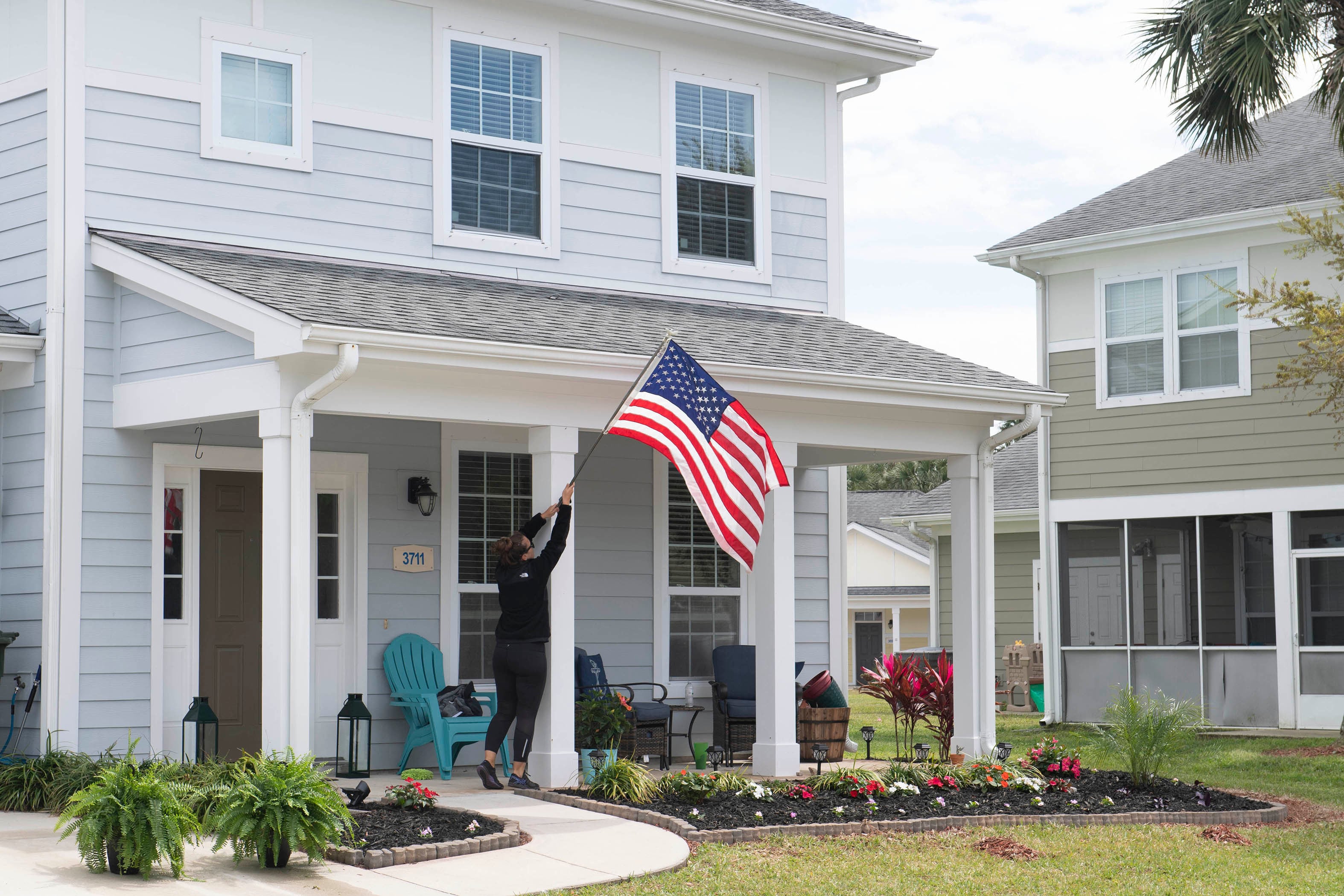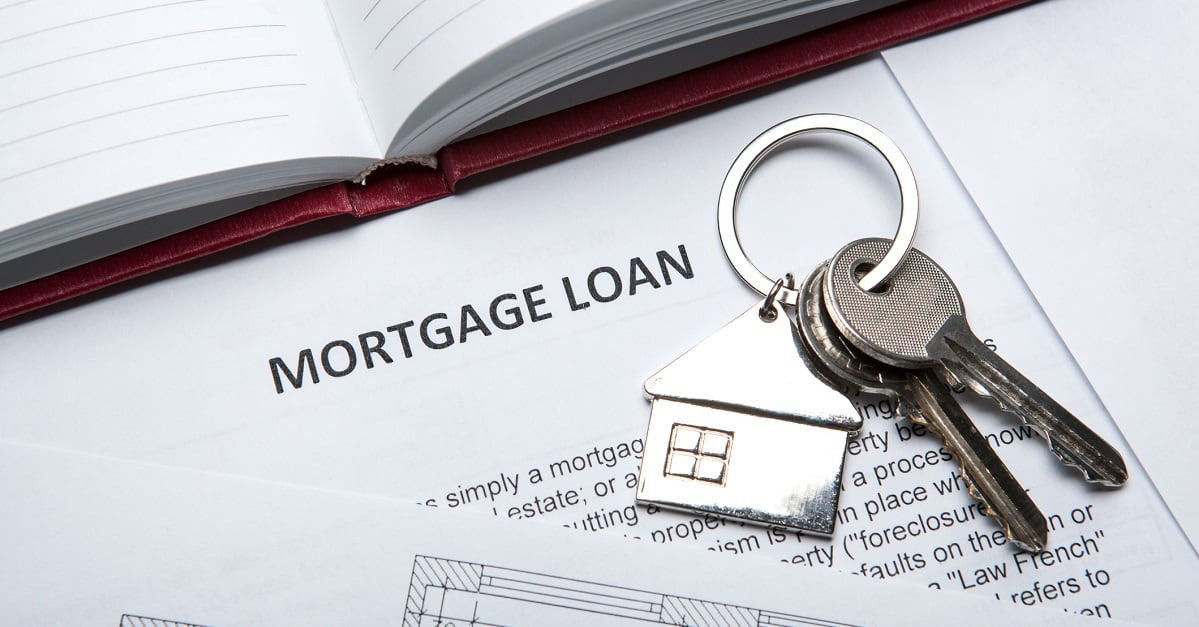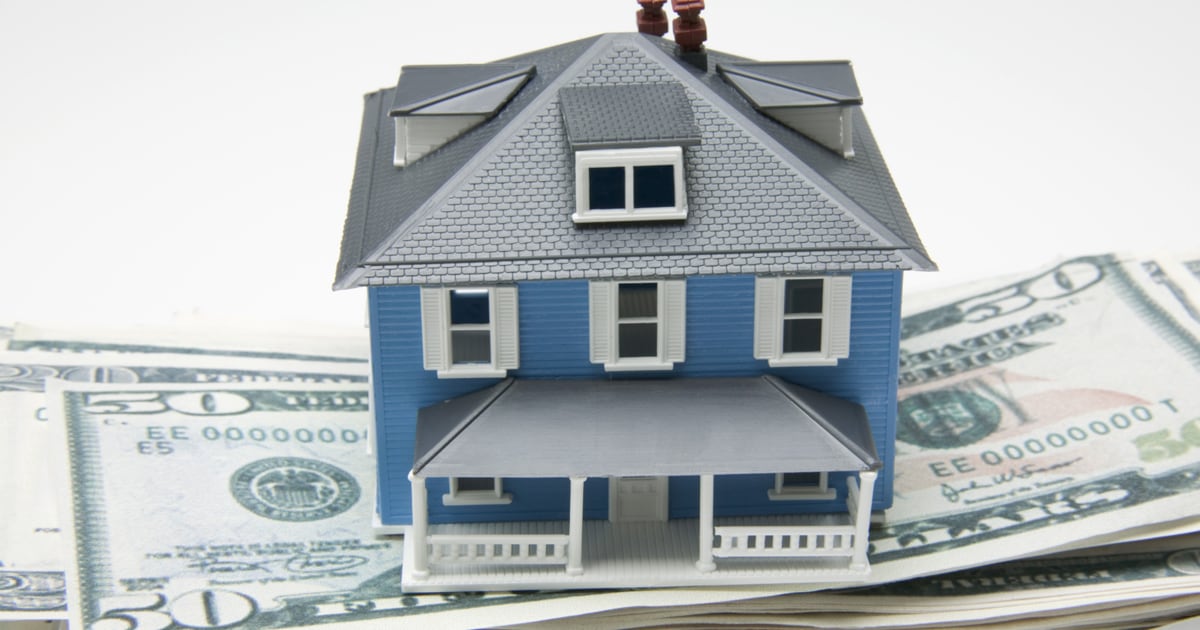This article has been updated to include a response from The Federal Savings Bank
Troops and veterans in some cases are being “grossly” overcharged for VA home loans, and federal regulators need to suspend or ban alleged bad actors and strengthen their oversight over lenders, according to a new report from the office of Rep. Katie Porter, D-Calif.
The report alleges that NewDay USA and The Federal Savings Bank “continue to aggressively market cash-out refinancings with fees and interest rates that could cost borrowers tens of thousands of dollars more over the life of the loan compared to other lenders.”
“This report finds that grossly overpriced cash-out refinancings continue to scam veterans,” Porter stated in an introduction to the report released Aug. 3.
Officials at both financial institutions questioned the findings of the report.
The report noted that the actions of Congress and federal regulators in 2017 and 2018 decreased the incidence of predatory cash-out VA loan refinancing. But while the number of these loans decreased in those years, the problematic rates and fees continued, the report stated.
The report’s authors found that while the number of cash-out refinancings did decrease in 2020, it’s on the rise again — up by 50 percent since July, 2020.
“It is despicable that corporate executives would prey on veterans and military families to line their pockets,” said Porter in an announcement of the report, titled “AWOL: How watchdogs are failing to protect servicemembers from financial scams.”
The report “calls out the lenders that are continuing to single out vulnerable military borrowers for overpriced, cash-out refi mortgages. The Administration has a duty to step in and prevent these scams from happening,” Porter said.
“Ginnie Mae should immediately suspend NewDay USA, The Federal Savings Bank, and any other lender with similar lending patterns from originating new cash-out loans,” the report recommended.
Ginnie Mae officials didn’t comment on this recommendation, but in a statement to Military Times emphasized that the government agency “continues to be focused on maintaining the market predictability and integrity of Ginnie Mae securities, which leads to low-cost mortgage financing available to homeowners who use various government-insured mortgage products.”

Active-duty members as well as veterans generally qualify for a VA loan. The Veterans Affairs Department doesn’t make the loans; It guarantees them. This minimizes lenders’ risks and reduces their losses in the event of a foreclosure. The lenders set the interest rate and some other costs.
The Porter report also recommended the VA and the Consumer Financial Protection Bureau take additional action to address the issue. In recent years, all these government agencies have taken steps to tighten rules and strengthen monitoring, in order to limit overpriced cash-out refinancings and loan “churning,” where lenders convince borrowers to unnecessarily refinance their mortgages early to get new terms or take out cash, often costing borrowers more in the long run.
“Churning VA loans hurts all veterans,” said Andrew Pizor, a staff attorney at the National Consumer Law Center. While some steps have been taken, more are needed, he said.
As the report notes, not all cash-out refinancings are necessarily predatory. These loans take cash value out of homes, but some loans tend to have bad terms which could leave borrowers worse off after refinancing. Lenders market these loans often to veterans, enticing them to take thousands of dollars out of the equity in their home, to pay off debt, make home improvements, or other purposes. The cash-out loans can be used to refinance a non-VA loan into a VA loan.
In contrast, a VA Interest Rate Reduction Refinance Loan, IRRL, also known as the streamline refinance loan, is typically used to reduce the borrower’s interest rate on an existing VA loan, or to convert an adjustable rate VA loan to a fixed rate mortgage.
The quantity of cash-out refinancings decreased in 2020, both at NewDay and across the VA home loan industry, but the nature of the loans remained the same, according to the analysts. In analyzing the top 10 originators of VA cash-out refinancings in 2020, the analysts found NewDay’s customers were charged the highest average interest rate.
If these borrowers had used the VA streamline refinance with NewDay instead of the cash-out refinance, the analysts found, they would have paid competitive market rates and less than half the up-front costs of a cash-out mortgage.
“The disparity suggests that service members, veterans and military families looking for cash-out loans at NewDay may be specifically targeted and exploited for profit,” the report stated.
Responses from NewDay and The Federal Savings Bank
NewDay USA defended their practices when reached for comment.
“NewDay USA’s mission is to serve our nation’s veterans and we’re proud of the work we do to help them achieve the dream of homeownership,” NewDay officials said in a statement provided to Military Times. “We’re committed to continuing to help veterans and their families gain financial security by providing them the best possible service.”
The vast majority of NewDay’s 2020 total loan originations were streamline refinancings and other products; 13 percent were VA cash-out refinancings, according to NewDay officials, which they say is consistent with the rest of the mortgage market.
These two types of refinancings should not be conflated, because they serve different purposes, officials noted. “Cash-out loans offer veterans money in hand to pay off high-interest revolving credit lines, invest in home improvements, or cover other unexpected costs.” Their data shows that customers saved a “weighted average” of $617 per month with cash-out refinancing, officials said. By contrast, streamline refinancings are designed to lower the interest rate on the VA loan, or convert an adjustable-rate VA loan to a fixed-rate mortgage.
In response to the higher fees or interest rates, NewDay noted that the majority of its customers are enlisted veterans, and that NewDay customers’ average credit scores are lower than those of other top lenders. In 2020, the average FICO credit score of its cash-out refinancing customers was 694, which was 35 to 75 points lower than the average FICO score of other top lenders.
“As is common practice, lower credit scores indicate greater risk to the lender and require higher interest rates,” NewDay officials stated. They provided statistics from Ginnie Mae showing NewDay’s customers’ average credit score was 694; Navy Federal Credit Union’s customers’ average credit score was 729; USAA, 738; and PenFed, 769.
Analysts in the Porter report acknowledged that “this situation might be partially explained by borrowers’ poor credit, but NewDay also had the second highest upfront costs, almost double what a borrower would pay for a cash-out loan from USAA.”
The average total up-front cost of a cash-out refinance at NewDay was $10,335 in 2019, compared to USAA’s average cost of $5,590, according to the analysts.
If the high interest rates were a function of poor credit, the report stated, “then NewDay USA was targeting the most vulnerable consumers with exorbitant fees.”

“If the high rates were arbitrary, it suggests that NewDay USA was charging service members, military families and veterans higher rates than their credit warranted,” the report added.
However, there are other factors, NewDay officials said. In addition to lending to more consumers with lower credit scores, NewDay has a higher loan-to-value ratio than other top lenders, averaging 90.5 percent in 2020, NewDay officials said. This is the ratio of how much money is borrowed compared to the appraised value of the property. In lending, higher loan-to-value ratios indicate less collateral and more risk for lenders, who many charge higher fees or interest rates, NewDay officials said.
The report recommends that the Consumer Financial Protection Bureau require lenders to include customer credit scores in their required reporting of home loan details, to increase monitoring and transparency of potentially predatory lending. In 2018, the CFPB decided to exclude public reporting of credit scores because of privacy risks to individuals.
Among other things, the Porter report recommended that the VA add the VA home loan funding fee to the list of closing costs that should be recouped through savings from refinancing. VA had not responded by press time to questions about whether those recommendations are being considered.
The CFPB has taken a number of actions related to VA refinancings, including settlements with nine mortgage companies to address deceptive loan advertisements; and action against NewDay USA in 2015 for alleged deceptive mortgage advertising.
The Federal Savings Bank, also targeted in the report, offers competitive interest rates, but it has the “highest up-front costs and most discount points of any cash-out originator,” the report stated. For example, the average total loan cost in 2020 was $10,791, compared to USAA’s average total loan cost of $5,877.
But officials at The Federal Savings Bank questioned the report’s accuracy.
“The Federal Savings Bank leadership has reviewed the report and has found numerous significant inaccuracies and conclusions regarding the Bank that are not supported by facts presented in the report,” said John Calk, chairman and CEO of The Federal Savings Bank, in a statement provided to Military Times. “The Federal Savings Bank is a leader in serving the veteran and military communities, and regularly receives awards for its commitment and service to these communities.”
Advice to VA borrowers
Many home loan borrowers don’t know what most of their charges are in a mortgage closing, said Pizor, staff attorney for the National Consumer Law Center.
“A lot of people don’t realize when they’re being overcharged,” he said.
Most veterans do know what the VA funding fees are, which are one-time payments that the borrower pays on a VA-backed loan. For example, the funding fee for a VA cash-out refinancing loan is 2.3 percent of the loan amount for the first use; and after that, it’s 3.6 percent.
A VA home loan is one of the best loan products out there, Pizor said. “But aside from that, you really have to shop around,” he said. That means get written loan estimates from more than one lender — three, if possible.
“You’ll see the differences in price,” he said. It’s not enough to talk with the loan officers, who are essentially salesmen, he said. You have to look at the numbers on the loan estimates.
Some lenders may try to delay giving you these estimates, he said, but it’s worth insisting on. “Once you get it, certain rules apply about what changes are allowed…. Estimates are supposed to be pretty close.”
He also suggested visiting the Consumer Financial Protection Bureau’s web tool for exploring interest rates in your area. It quickly gives you a sense of what the interest rates are, and can be useful “because you’ll know if someone is giving you an estimate that’s way out of line,” he said.
When shopping for a loan, it’s always wise to get your credit scores beforehand. The higher your credit score is, the better the terms you’ll get. But a lot of people assume they have bad credit, without checking their credit scores, Pizor said.
Karen has covered military families, quality of life and consumer issues for Military Times for more than 30 years, and is co-author of a chapter on media coverage of military families in the book "A Battle Plan for Supporting Military Families." She previously worked for newspapers in Guam, Norfolk, Jacksonville, Fla., and Athens, Ga.





